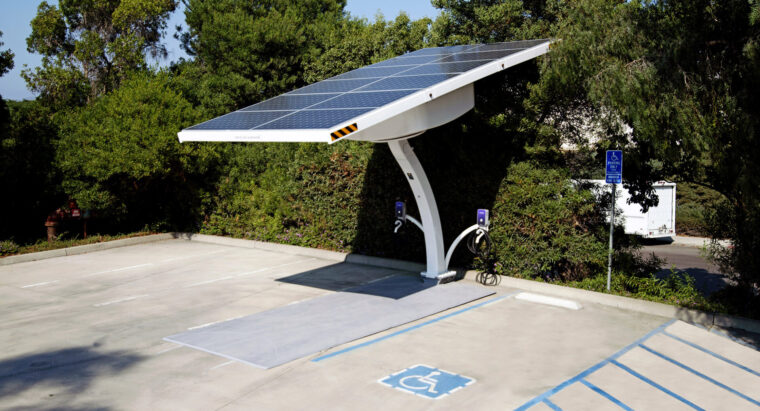Standard battery chargers require a power outlet for usage. This is not the case with solar car chargers, as all they require is a clear sky. But there are a few things you might wonder about when you think about solar car chargers. Here are some of these frequent questions.
Do These Solar Chargers Work for Real?
Yes, solar chargers are one of the best kinds of battery chargers you can find on the planet. But remember that everything comes with a few drawbacks. Car batteries that use solar chargers power up a little slower than those that use standard car chargers.
Standard chargers allow a variety of amperage settings, whereas solar chargers can put out only a little bit of current at once. This is one of the main reasons why most prefer a standard charger when reviving a dead battery. Solar chargers are only helpful when it comes to maintaining a charge; they can also be used as trickle chargers.
The Truth Behind the Working of Solar Chargers
Like any other solar appliance, the sun is the only energy source. In the same way, solar car chargers derive energy from the sun and converts it to electricity which is then stored in the battery. According to Lifewire, a photovoltaic solar panel is used for this particular task.
For those wondering, it is the same technology put to use in commercial and residential settings, especially for on-site power. This is not to say that you can compare the panels used in solar chargers to the ones used for commercial and residential purposes. Even though the technology is the same, the panels used in solar chargers can put out power equating to only 1500 mA. It is possible to tie a couple of chargers together, but it is dangerous for someone with little to no knowledge about the used technology.
Are These Solar Chargers Capable of Charging a Car?
The amount of amperage a solar charger can put out depends on a few factors. The build quality and the amount of sunlight that can be received by the tool are a few. When taken on average, they put out power between 500-1500 mA. As mentioned earlier, this is why they are popularly used as trickle chargers.
One hitch of solar chargers is that they do not contain a voltage regulator. This does not let a person know when to shut off the flow of the power or when to modify it. This means you cannot simply forget about it after starting the tool like you could with a float-monitoring trickle charger. One of the best ways to use a solar charger is by reducing the amperage of the car battery chargers.
When using a high-quality charger, this setting is automatic; If you go with an average charger, the manual controls allow you to set a “course” for the start and a “fine” rate at the finish. As the case is with any solar charger, sunlight is a crucial part of its whole working mechanism. Sure, they are pretty handy, but temperamental availability is something you will have to look out for.
Conclusion
You just read about solar chargers and a few common thoughts you might have when you picture them. They are instrumental if you want to save power and money, but they come with a few conditional usage criteria. If you are comfortable with these, you should try this charger out!
